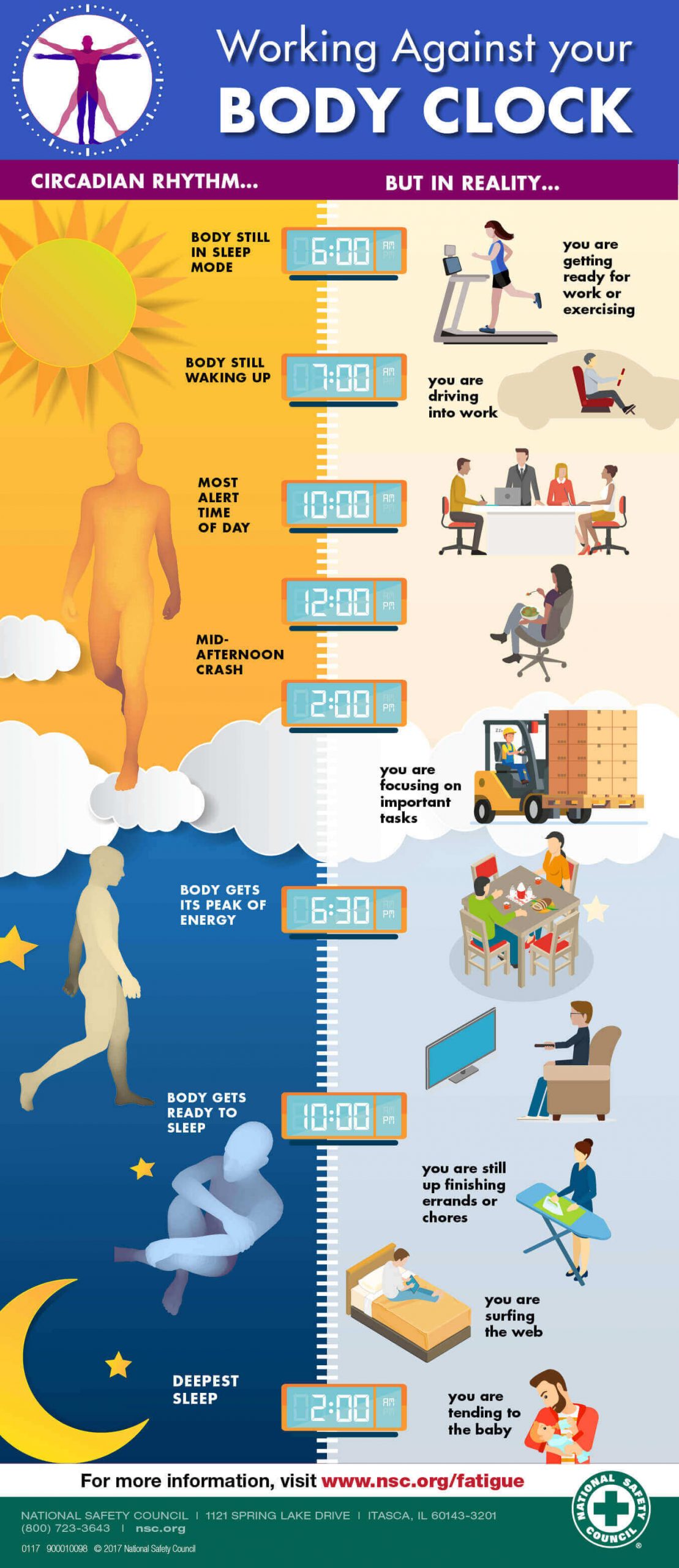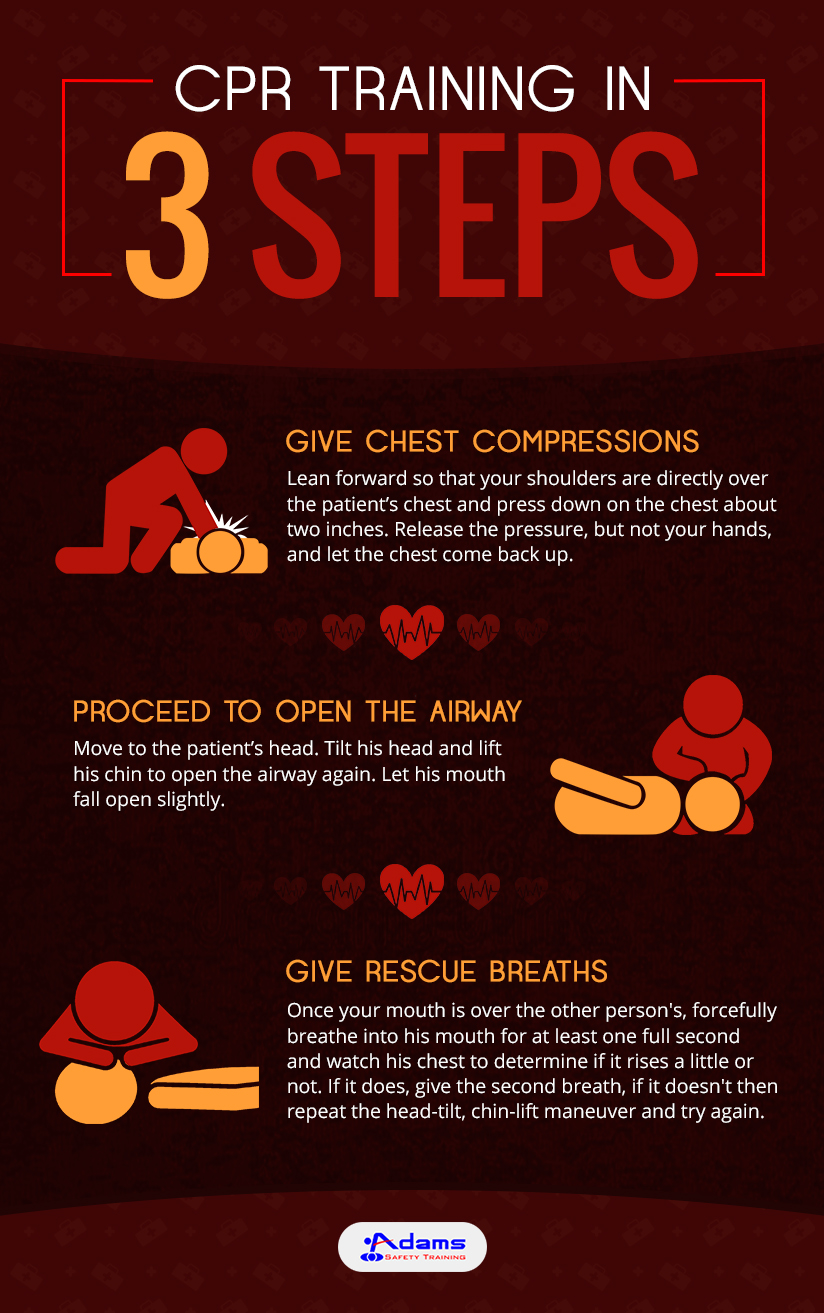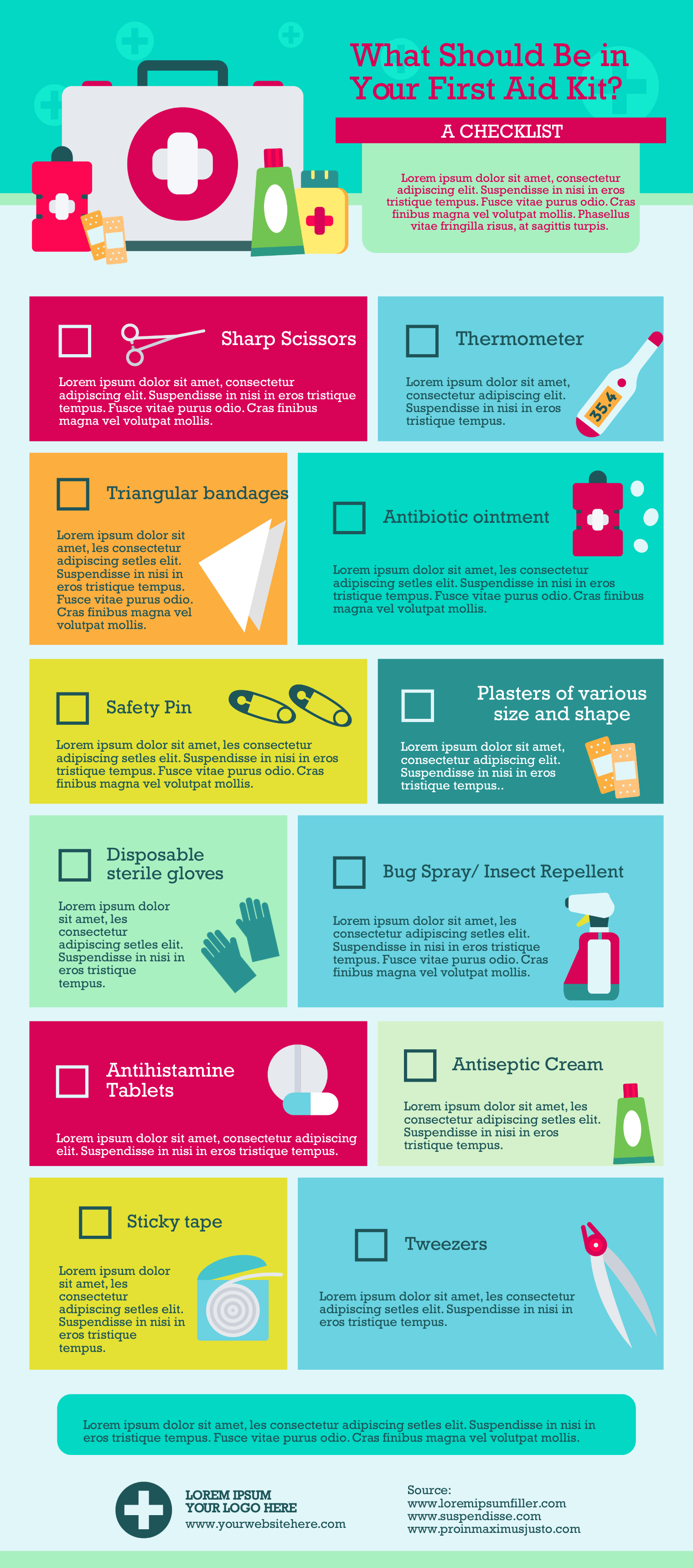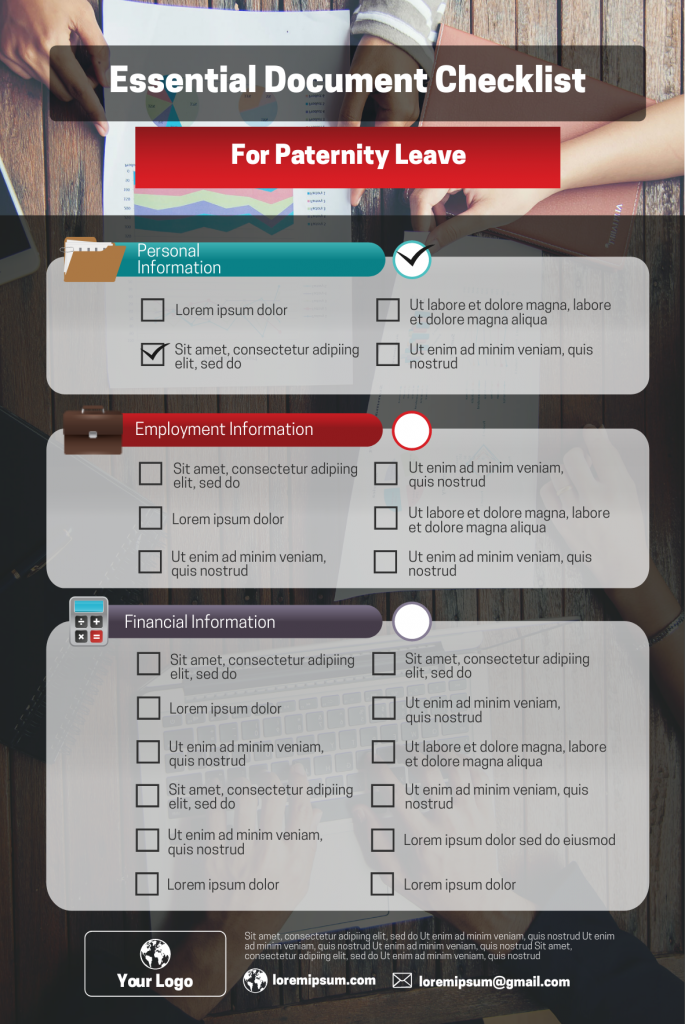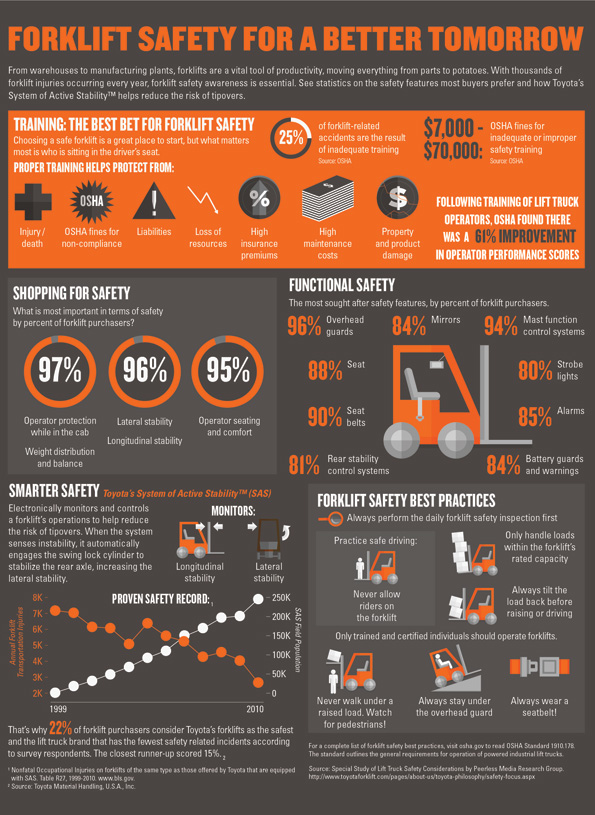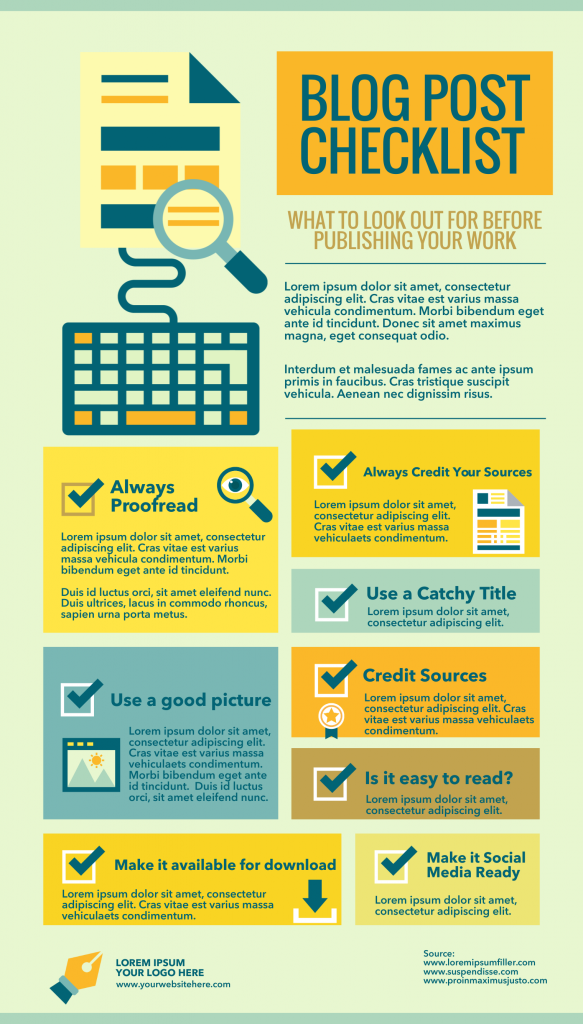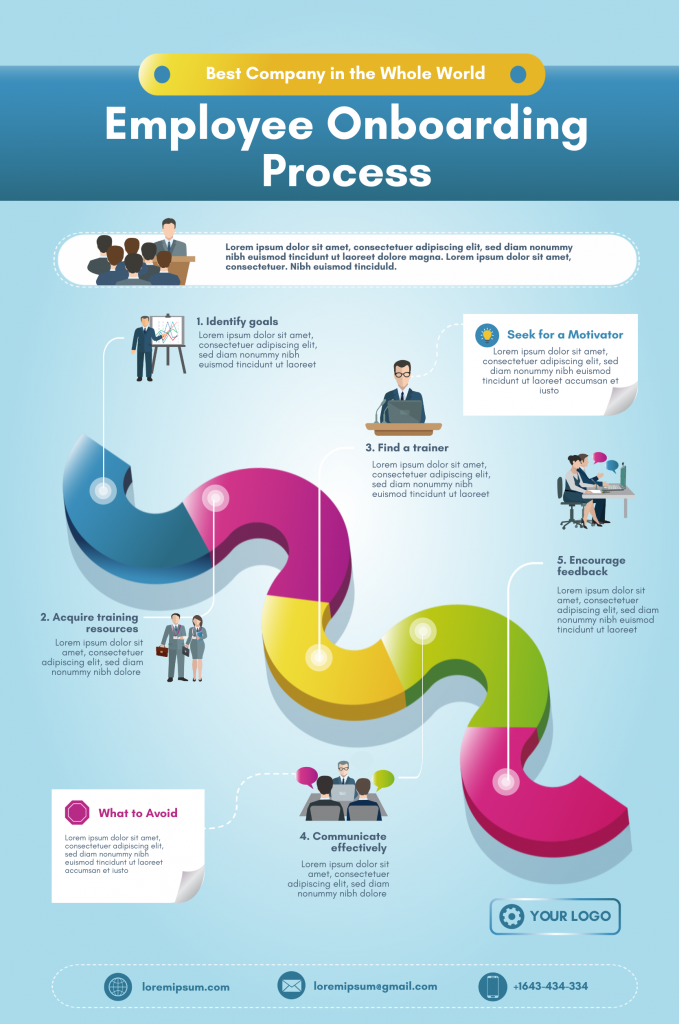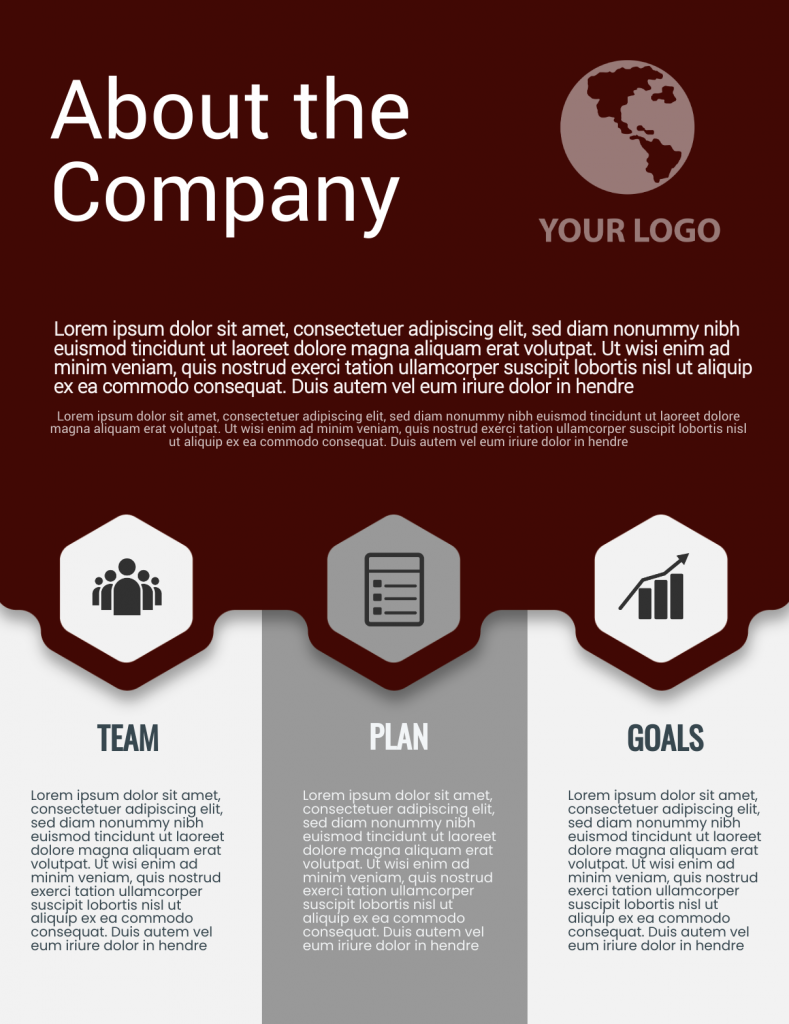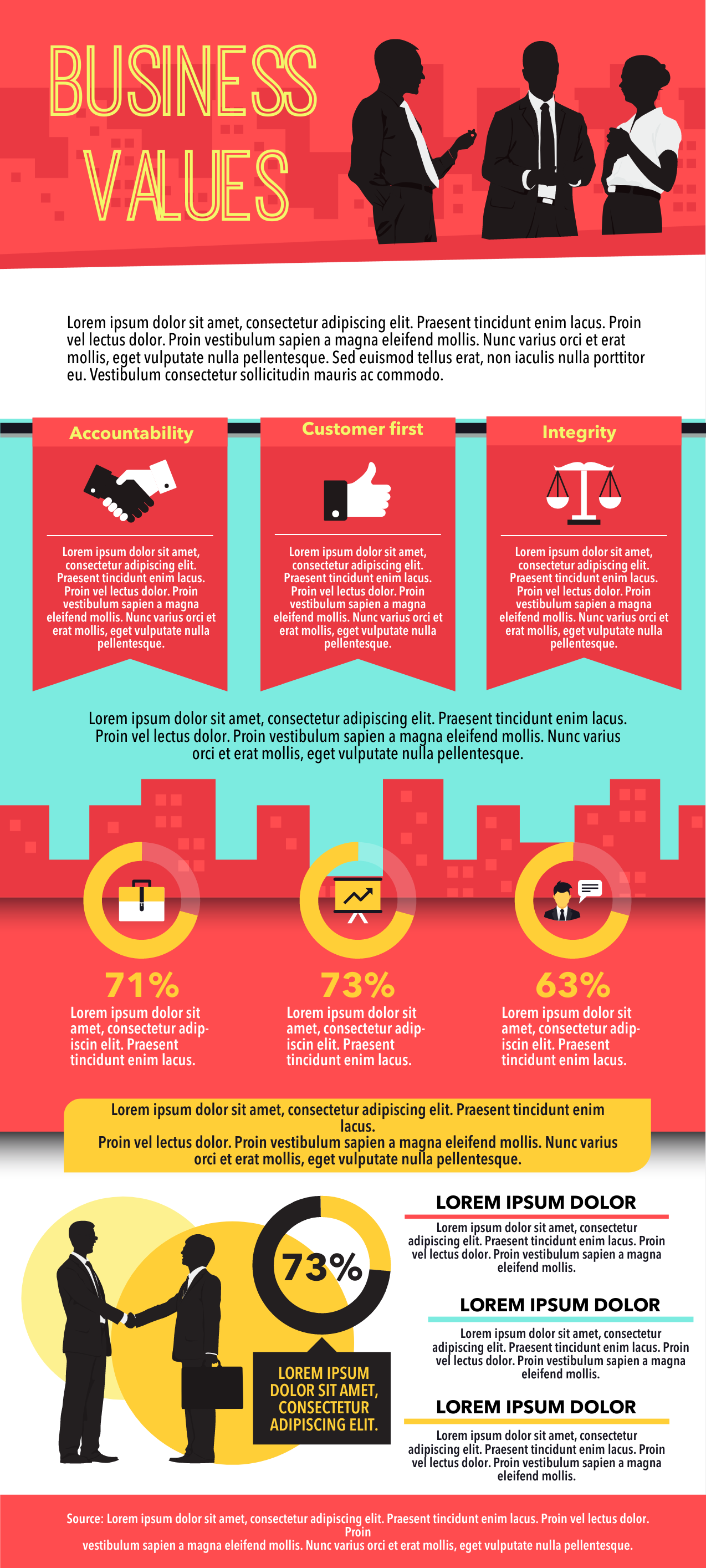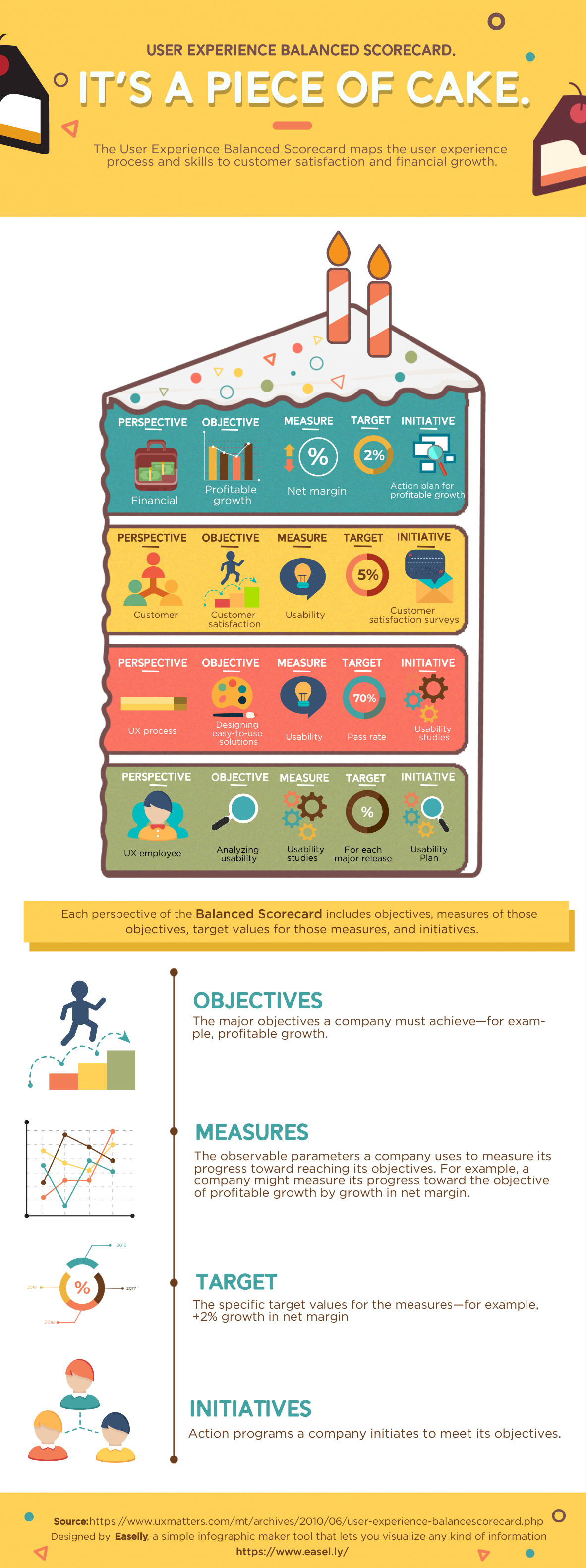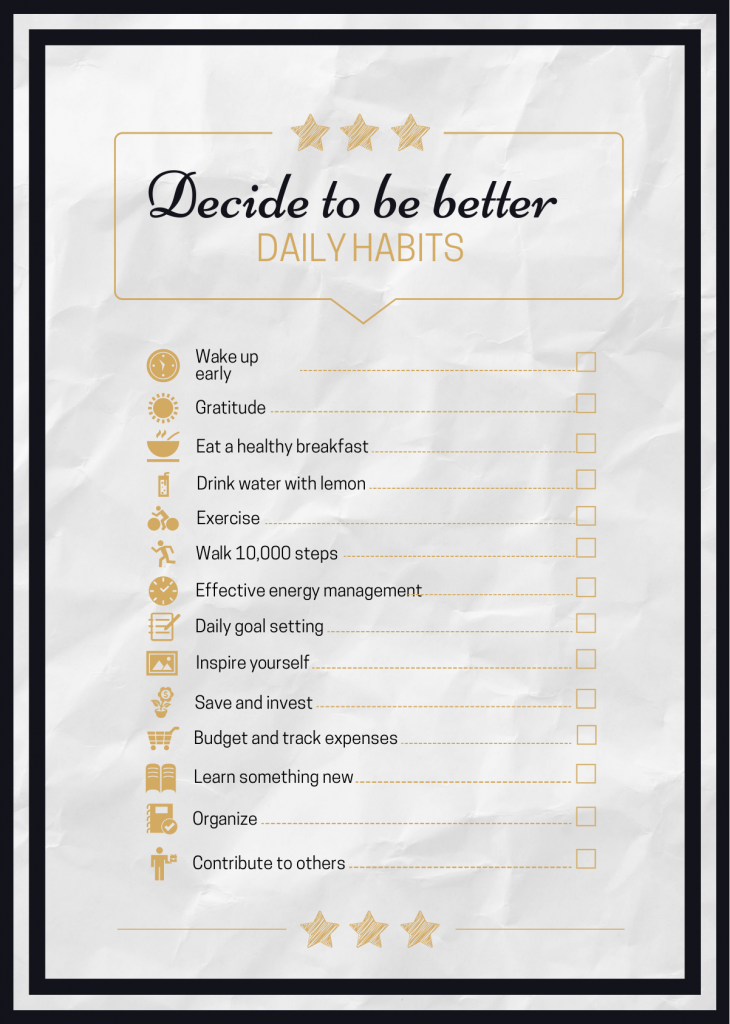Admit it, company trainings can be boring.
The good news is there are a lot of ways to spice up a dull presentation at work. Visual aids like infographics are excellent examples.
Infographic examples and templates for employee training
When it comes to training new employees or educating current ones, infographics are a great way to effectively and quickly communicate procedures, rules, and expectations.
Keep reading to learn how you can design infographics to create a smarter, more efficient workplace — from corporate internal communications to onboarding your new startup members.
Promote workplace safety and employee well-being
A workplace’s break room or lounging area is where people congregate to eat and talk.
For this area, it makes sense to have a workplace safety infographic at the ready – whether it’s for an emergency or a quick reminder to schedule important tasks with your circadian rhythm (like the infographic below).
You can also create a graphic that illustrates exactly how to perform life-saving measures like the Heimlich maneuver or CPR.
You may even consider an infographic highlighting what’s inside your company’s first aid kit and what each item is used for.
Even if your workplace isn’t traditionally a “high risk” area, it’s helpful to have these infographics in common areas just in case.
Explain workplace procedures and processes
Whether it’s training someone on how to ring up items at the register or fill out certain forms, every workplace has procedures.
Often, these procedures are mandated by the company but some of them may have quirks and unique tips relative to that particular department or office. No matter what you need to train an employee to do, an infographic can show employees how to do it effectively.
This doesn’t just benefit the company, but it makes an employee’s job easier.
The infographic template on how to apply for a paternity leave at work below is a good example.
You might also consider placing an infographic related to an employee’s job duties next to their work station. The examples below illustrates a couple of infographics for this purpose.
The first infographic describes how to use a forklift properly while the second visual is a blog post checklist for marketers or content managers.
You can also create infographic handouts to tuck into employee training manuals so that new and existing employees can reference proper procedures at a quick glance. The employee onboarding infographic below is a great example.
Share your company dress code
Appearances are a sensitive subject in most workplaces. Sometimes, it is best to illustrate company decisions on things like dress code, footwear, makeup, facial hair and body modifications with an infographic.
A simple silhouette illustrating exactly what sort of clothing and hairstyles allow people to see for themselves what is expected on the job. This can also be a great way to show employees how to properly dress for safety if they work in a warehouse, on a construction site, etc.
Communicate your company’s vision and values
From smaller “mom and pop shops” to larger corporations, there are a lot of moving parts required to make a workplace a functional environment.
Using handouts to illustrate exactly what your work is about allows employees to understand it on a “big picture” level.
A visual accompanied by statistics or data about the company may give workers the chance to understand not just what they do, but why they do it in the first place.
Your company’s mission or values are also important reminders for employees, and research shows that a strong “culture” in the workplace can actually lead to higher employee retention.
Why not create infographics that show exactly what your company stands for – or the difference your employees are making with company infographics?
Simplify scorecards
Scorecards are great tools to translate your company’s strategy into clearly measurable goals. It also serves as a framework for managers to rate employee performance and serve as a coaching document to help spot growth opportunities.
By turning your scorecards into infographics, you simplify the task of explaining the different scorecard components. Plus, the content is more engaging for your employees in contrast to a string of figures and numbers on a piece of paper.
Motivate employees and team members
Unmotivated employees are disengaged workers. They might show up to work but will contribute the minimum required. Every so often, they’re also on the lookout for better opportunities and will quickly leave their old for a slightly better offer.
With that said, use infographics as a tool to motivate employees. You can either print out motivational posters to boost their confidence or create self-improvement checklists (like the template below!) to remind them that a little progress today will definitely add up into something bigger tomorrow.
Getting started with infographic templates
Humans are visual creatures and we learn best through visuals. Infographics in the workplace are a great way to relay information that gets remembered. They can be tweaked to be funnier, brighter, or more fun to make them even more memorable.
The good news is you can use infographic templates if you’re creating infographics for employee training. It saves you the time, energy, and expense of starting from the ground up.
With business infographic templates, you can simply pick a template with your preferred format, add your own data and icons, tweak the colors, and make minor adjustments to the layout. Before you know it, your infographic is ready!
*Editor’s Note: This post was originally published on May 4, 2018 and updated on September 3, 2020 for accuracy and comprehensiveness.

